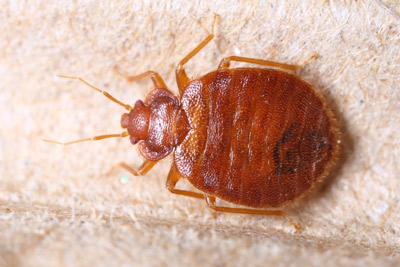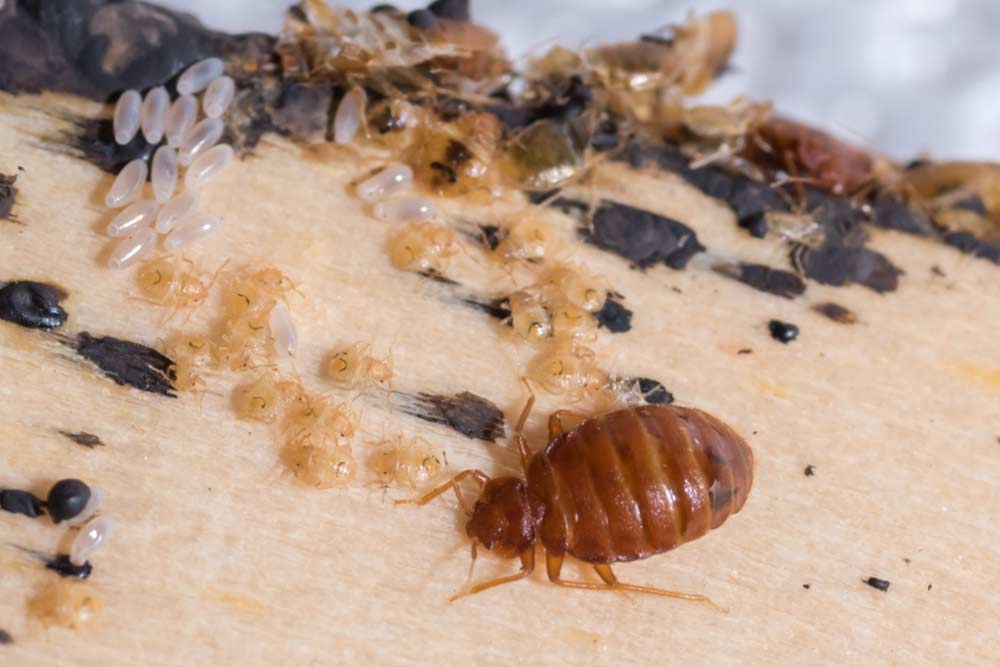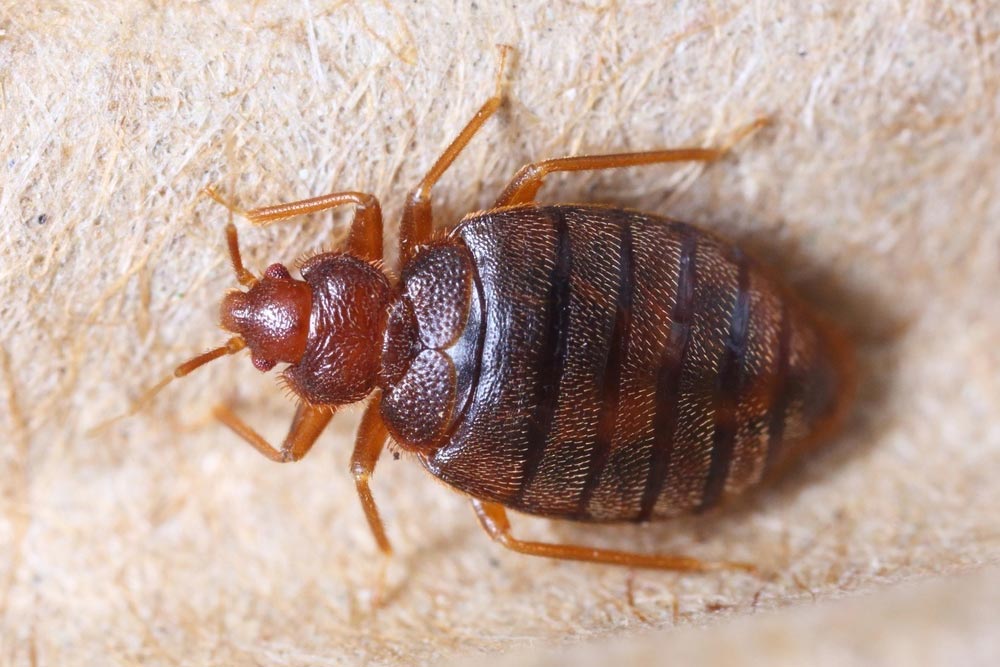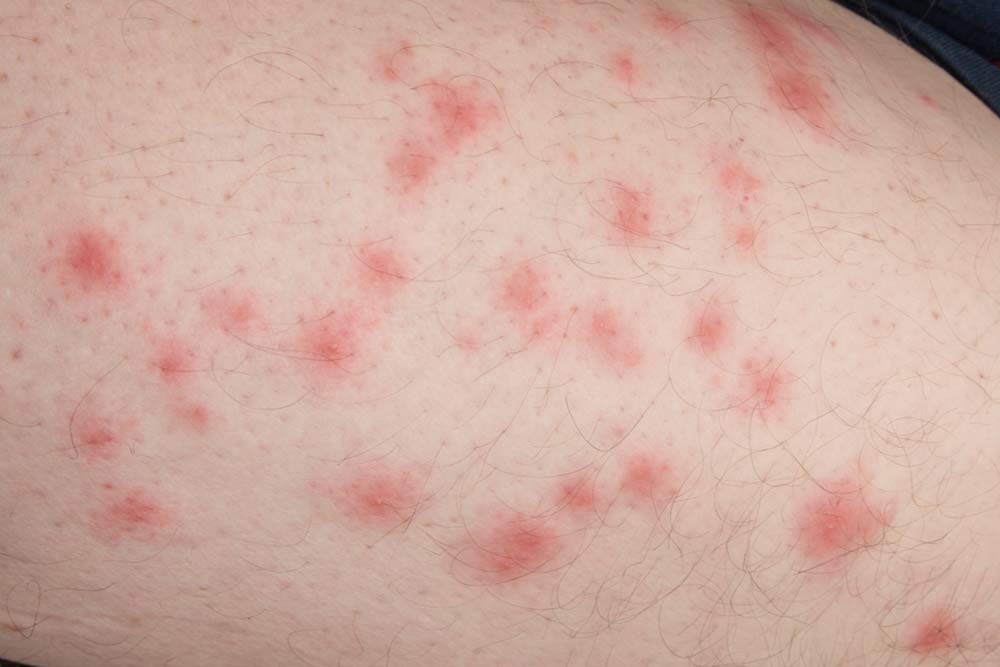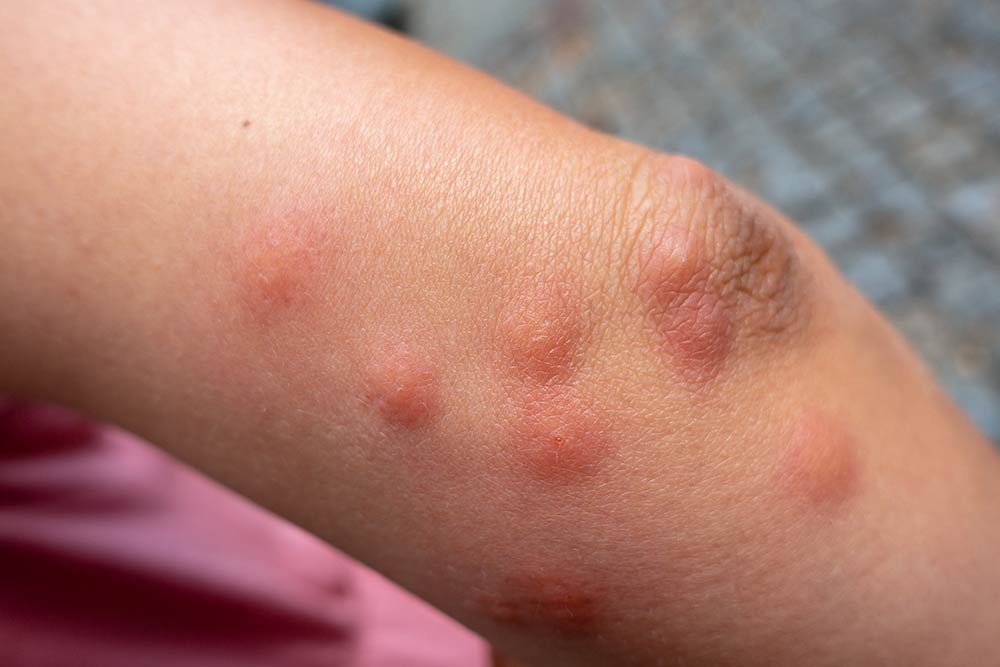Introduction To Bed Bugs
Bed bugs are tiny, parasitic pests that feed on human blood and are common throughout the world. They are notoriously difficult to get rid of and challenging to find. Bed bugs are most active at night, while you are asleep and can leave itchy, red bites on the skin. These bites can be very uncomfortable and lead to an allergic reaction in some people
It is crucial to take action quickly to prevent the problem from getting worse if you suspect a bed bug infestation
Several treatment options are available, including sprays, and vacuuming. If you are dealing with bed bugs, working with a professional bed bug control professional is crucial to address the problem correctly
Where Do Bed Bugs Come From?
Most people get them when travelling. Someone that has bed bugs stays at a hotel and then a new traveler stays at the same hotel. They can hitch a ride on your clothes or in your suitcase. Once they get to your home they will start to breed and can quickly spread throughout a room or even an entire building. Contrary to popular belief, cleanliness has little to do with the spread of bed bugs. You are just as likely to get bed bugs in a five star hotel as you are in cheapest motels
Bed bug infestations can also occur in the cleanest of homes and businesses and you can also get them from
You can pick them up of the seat or from the passenger on public transport. It is possible for them to live and thrive at work, in movie theatres, in schools. If you visit other people’s infested home, you may take one or two with you. If you buy second-hand mattresses and bedroom furniture they may still be hiding inside them. Someone who comes to visit may bring one with them
Appearance
Bed bugs are oval small brown insects around 5mm in body size
- Size
- Shape
- Colour
Bed bugs have flat, oval body shape and measure around 5 mm in length. Their body can double after having a blood meal. Nymphs /their young/ resemble adults but are smaller.
Bed bugs resemble an apple seed in shape colour and size. They are wingless and can not fly or jump. Their flat body allows them to hide in tiny crevices, and to move quickly over surfaces.
Adult bed bugs are a rusty brown colour. This changes to rusty red when their body enlarges after a blood meal. Nymphs are pale and colourless when first hatched, they turn the normal rusty brown colour as they mature. After a blood meal, nymphs can appear bright red.
How to Know if You Have Bed Bugs
If you think there may be bed bugs in your home, it is crucial to know how to identify the signs of the infestation. One of the most obvious signs of bed bugs is being bitten at night, finding small, reddish-brown bugs in your bed or other furniture.
Additionally, you may notice spots of blood on your bedsheets and dark stains on your mattress or other furniture. These stains are from bed bugs excreting their waste and can indicate an infestation.
You may also notice small, itchy bumps on your skin from bed bugs biting you. These bumps may appear in a line or a cluster and may be red and swollen. Finally, if you notice a musty smell around your bed, this could also be a sign of bed bugs.
Lastly, you can identify an infestation by a musty odour which bed bugs caused by their pheromones.
If you suspect you have bed bugs, taking action as soon as possible is essential. Contact a professional exterminator to help you identify and treat the problem
The Three Most Common Signs Of Bed Bugs
- Live Specimen
- Odor
- Brown Marks
Finding live specimen is one of the signs there may be a bed bug problem about. You may first notice them on your bed linen and pillows. You can also find them in mattress seams, bed frames and other bedroom furniture. Check along carpet edges, curtains folds, picture frames, and around power points. Evidence eggs and skin casings will confirm your findings. An absence of live bugs doesn’t mean you are free of these pests. Their small size and secretive nature makes them harder to detect.
If you are a hotel manager, your housekeeping staff are an asset. Train them to identify bed bugs. Never try to treat an infestation yourself. Poor management can spread bugs further throughout the building.
Some people describe the smell of bed bugs as musty or sickly sweet. The unpleasant odour is caused by bed bug pheromones. Strong odours may indicate a large infestation.
Check for dark reddish-brown spots around mattresses, headboards and other furnishings. These are from bed bugs excreting digested blood after feeding. Small black droppings are also signs of an infestation.
Bed Bug Bites
Bed bugs bites look like welts similar to mosquito bites
- Who Is Most At Risk From Bites?
- How Will I Know I Have Been Bitten?
- What To Do When Bitten?
Bed bugs are a wide spread and are a common problem. They can be found in households and throughout the hotel industry, including backpackers and travellers who share rooms as well as aged care residences. Although they are prevalent in budget accommodation, upmarket hotels are not immune either. The sharp increase in tourism has strongly contributed to their resurgence. Bed bugs may be introduced to your home whilst staying overnight in already infested premises. They can be brought in with second hand furniture. They can also travel in people’s luggage, on their clothing and can easily be picked up on public transport.
It is not easy to detect bed bugs, especially when you are unaware of their presence. They usually come out at night and are opportunistic feeders. They will happily take a blood meal at any time. Bed bugs inject anaesthetic into the skin, so they can feed in peace while you sleep. Their bites resemble welts, and that’s why bed bugs are often mistaken for mosquito bites. If you wake up with bite marks, you should suspect bed bugs. Some people will have no reaction at all to a bite. They are not known to spread disease and their bites are painless. However some people may develop an allergic reaction, this can present as reddish, swollen hives and itchiness.
Bed bugs are more of an annoyance than a health hazard, however avoid scratching bites if possible. Apply anti itch cream and use antihistamine in order to reduce the burning sensation. Use antiseptic to reduce chances of an infection. Their bites heal quickly, but if symptoms persist or worsen, seek medical attention.
